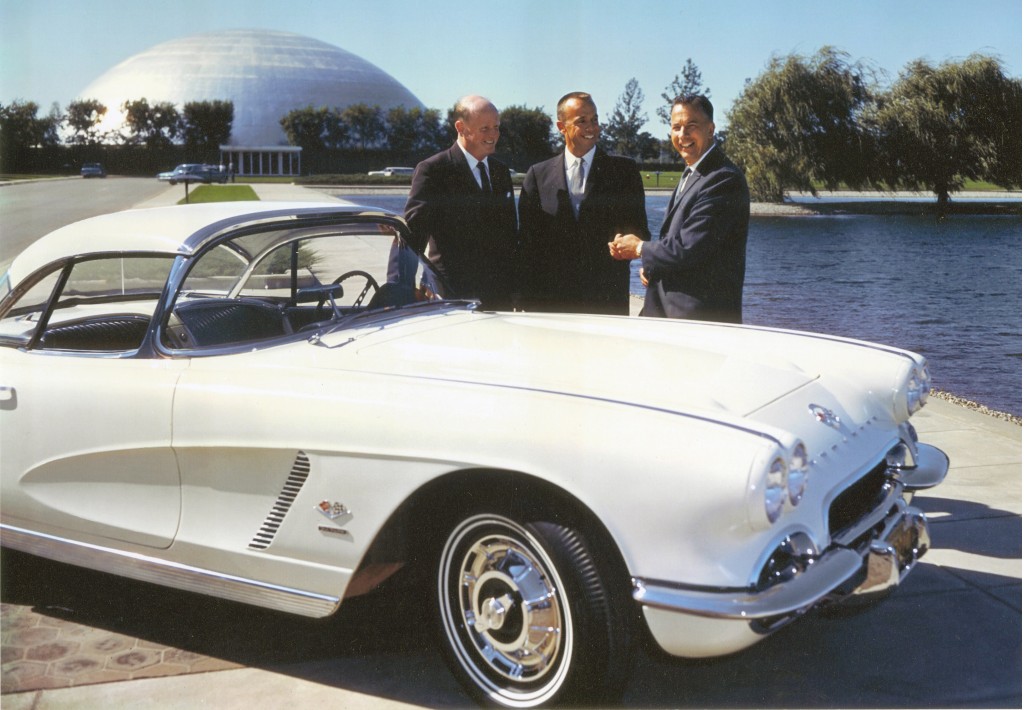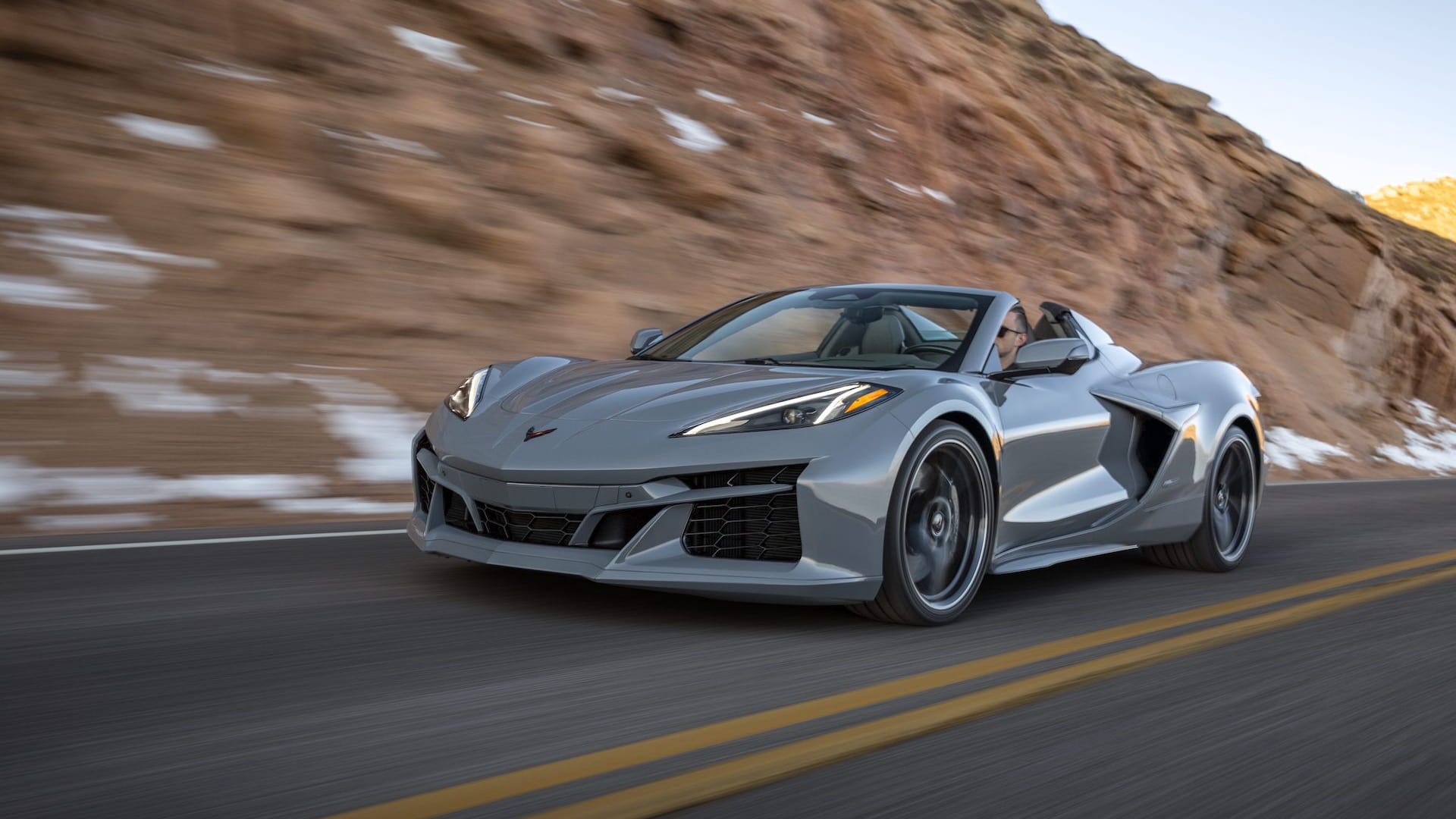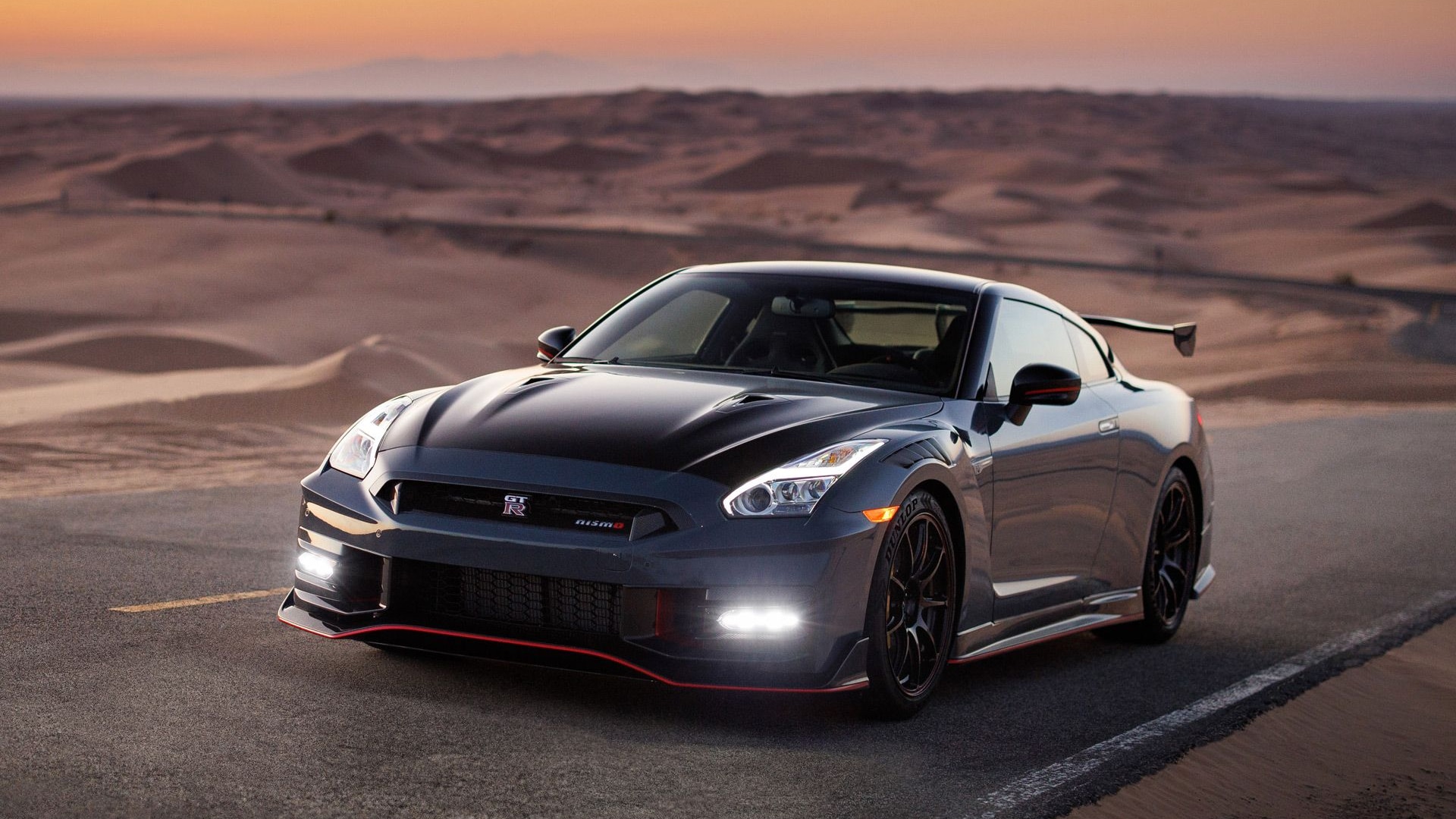
Astronaut Alan Shepard (center) with GM reps and his 1962 Corvette
Most of the past week's headlines have been dominated by news about disastrous storms in the Deep South, flooding in the Midwest, and of course, the death of Osama bin Laden. But in the middle of all that, there's another important story that's been overlooked by many media outlets: yesterday marked the 50th anniversary of America's first manned space flight. And shortly after Alan B. Shepard hurtled back to Earth, GM handed him the keys to a custom 1962 Chevrolet Corvette.
The association between astronauts and Corvettes stuck -- though that's mostly because of a clever dealer, not because GM was trying to win over influencers like astronauts. The dealer was Jim Rathmann, who opened a Chevrolet-Cadillac outlet in Melbourne, Florida after winning the Indy 500 in 1960. Being a performance nut himself, Rathmann had a hunch that the astronauts at the nearby Space Center were, too -- after all, they clearly liked speed, danger, and adventure.
Rathmann worked out a special arrangement with Chevrolet to put astronauts behind the wheels of Corvettes, and six of the men accepted his offer. (John Glenn was the notable exception, preferring instead a Chevy station wagon.) Photos in LIFE magazine and elsewhere helped cement the association between Corvette and space travel, and it's hung around ever since.
Tomorrow, on May 7, around 30 NASA astronauts will get together in Cocoa Beach, Florida to celebrate 50 years of manned space travel. The highlight of the event will be a parade, in which the astronauts will be driven in Corvettes spanning all six design generations that the sportscar has seen since its launch nearly 60 years ago.
For more details about the event, check out the press release below. And science buffs, if you're in the area, be sure to send us photos -- it looks like it's going to be a picture-perfect day.
* * * * *
Commemorating 50 Years of Corvettes and Astronauts
DETROIT – On May 5, 1961, Alan B. Shepard became the first American to travel into outer space. When he returned to terra firma, Shepard got behind the wheel of a Chevrolet Corvette – and the legends of America’s favorite sports car and spacemen have been intertwined ever since.
On May 7, 2011, approximately 30 of America’s surviving astronauts are expected to gather at Cocoa Beach, Fla., where they will participate in a parade commemorating the 50th anniversary of Shepard’s historic sub-orbital flight. Fittingly, they will be driven in Corvettes representing all six design generations built since the famed sports car’s 1953 debut.
“Each astronaut will ride in a Corvette from the generation current at the time of their mission,” parade coordinator John T. R. Dillon III said.
Dillon, a Safety Engineer at the Kennedy Space Center, is also a Corvette owner and member of the Cape Kennedy Corvette Club, which counted four astronauts among its original membership when it was founded in 1967.
“All of the astronauts were test pilots back then; they flew performance aircraft and they moved into performance cars with a well-honed appreciation for handling, acceleration and so forth," Dillon said.
Shepard brought along his 1957 Corvette when he reported for Space Program training in April, 1959. He would own at least 10 Corvettes in his lifetime. His enthusiasm for sports cars was shared by several of the other adventurous and dedicated young men who would train with him to become America’s first astronauts.
Shortly after Shepard’s historic flight, then General Motors Executive Edward N. Cole presented the astronaut with a new, white, 1962 Corvette. The car had been outfitted by GM designers with a customized space-age interior. As GM did not routinely give away cars, the Corvette-astronaut connection might have become totally coincidental in the years that followed, had not Florida Chevrolet dealer Jim Rathmann stepped into the picture.
After winning the 1960 Indianapolis 500 as a professional racer, Rathmann opened a Chevrolet-Cadillac dealership at Melbourne, Fla., near the Space Center, in 1961. Sensing that most of the spacemen were at heart Corvette types, Rathmann negotiated a special lease arrangement with Chevrolet to put them into the sports cars.
Six of the Mercury astronauts would take Rathmann up on his Corvette offer. Stalwart family man John Glenn opted for a new Chevrolet station wagon instead. Glenn’s wagon reportedly proved just the thing for those occasions when the seven astronauts needed to travel together.
During an interview in 1998, Rathmann said, “Al Shepard was a racer...he was always wanting to be the fastest guy.”
That ambition was shared by fellow Mercury astronaut Virgil “Gus” Grissom. The two-lane blacktop duels fought by Shepard and Grissom in their big block-powered Corvettes would truly become the stuff of legend. In his quest for a competitive edge, Grissom had his last Corvette, a 1967 convertible, specially geared and modified to accept extra-wide rear racing tires.
When Apollo 12 astronauts Dick Gordon, Charles Conrad and Alan Bean ordered new 1969 Corvettes through Rathmann, they asked that the identically equipped 390-hp 427 Stingray coupes be custom finished in a special black-accented Riverside Gold color scheme designed by Bean. A unique red, white and blue insignia was also added to the front fenders. NASA administrators reportedly fretted that a subsequently published LIFE Magazine photo of the space-suited Apollo 12 astronauts and their matching Corvettes could be misconstrued as a forbidden product endorsement.
Even so, another photo of a trio of American astronauts with their Corvettes would appear in LIFE, during June 1971. Apollo 15 lunar mission crewmembers Jim Irwin, Al Worden and Dave Scott had been photographed with their Corvettes and a training version of the battery-powered Lunar Rover Vehicle (LRV) they would deliver to the moon. The “moon buggy,” as it was also called, utilized a mobility system built by General Motors. The Apollo 15 crew Corvettes were each a different color...red, white and blue. Dual racing stripes on each car rounded out the American flag colors.
The enduring association with America’s astronauts has contributed greatly to the legend of the Corvette.
"In the 1960s, astronauts were the American heroes that every child idolized and every adult respected,” said Corvette historian and former Corvette Quarterly editor Jerry Burton. “That so many of them drove Corvettes really helped to establish Corvette as America's sports car.”
Released in 1979, author Tom Wolfe’s bestselling book, "The Right Stuff,” recounted the beginnings of America's space program. The book’s success sparked a revival of interest in the original Mercury 7 space heroes—and their Corvette adventures.
“Prior to that, astronaut-related Corvette stories were just kind of folklore...I think that it is thanks to Tom Wolfe that the Corvette is today so solidly cemented to the legend of the pioneering astronauts,” said Burton.
That association continues even today. The 1995 movie “Apollo 13” featured two era-authentic Corvettes, one of them used in a key scene featuring Tom Hanks as astronaut Jim Lovell. The 2009 movie “Star Trek XI” opens in the year 2245, with a 12-year old James T. Kirk driving a 280-year old 1965 Corvette Sting Ray.
These stories, both fiction and non-fiction, contribute to the persistent urban legend that astronauts have owned more Corvettes than any other kind of car. That is likely a timeworn legacy of the first decade of the American Space Program. It is probably fair to say, however, that more astronauts have had more fun behind the wheel of America’s Sports Car than in any other automobile.
For more information about the heady early years at the Cape, see Wally Schirra‘s biography, “Schirra’s Space.” For more information on the historic connection between astronauts and Corvette, see Corvette Quarterly stories from 1989 and 2006.



